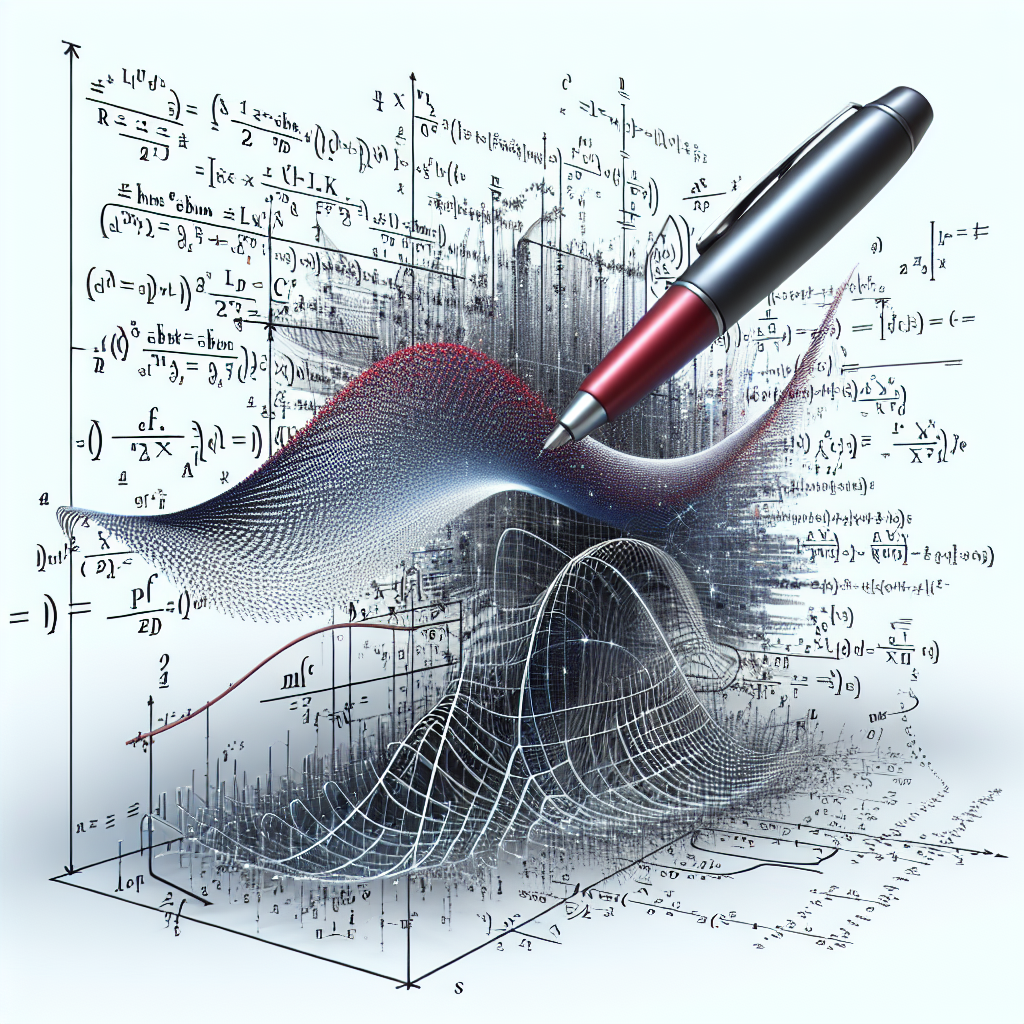In the realm of statistical analysis and data modeling, solving nonlinear least squares problems poses a unique challenge that requires a deep understanding of mathematical algorithms and optimization techniques. At StatisMed, we specialize in providing statistical analysis services for medical doctors, helping them navigate through complex datasets and derive meaningful insights. In this article, we will delve into the intricacies of solving nonlinear least squares problems, exploring the methods and techniques that can be employed to address these challenging statistical problems.
Table of Contents
Understanding Nonlinear Least Squares Problems
Before delving into the solutions for nonlinear least squares problems, it is crucial to grasp the concept behind these types of statistical challenges. In essence, nonlinear least squares problems involve minimizing the sum of the squares of the differences between the observed values in a dataset and the values predicted by a nonlinear model. This optimization task requires finding the optimal parameters for the nonlinear model that best fit the observed data points.
Techniques for Solving Nonlinear Least Squares Problems
Iterative Optimization Algorithms
One of the primary methods used to solve nonlinear least squares problems is through iterative optimization algorithms. These algorithms, such as the Gauss-Newton method or the Levenberg-Marquardt algorithm, iteratively update the model parameters to minimize the objective function representing the sum of squared errors. By adjusting the parameters in each iteration, these algorithms converge towards the optimal solution for the nonlinear model.
Gradient-Based Optimization
Gradient-based optimization techniques play a crucial role in solving nonlinear least squares problems efficiently. By computing the gradient of the objective function with respect to the model parameters, these methods determine the direction of steepest descent towards the minimum error solution. Techniques such as gradient descent or conjugate gradient methods are commonly used to optimize the nonlinear model and find the best-fitting parameters.
Trust Region Methods
Trust region methods offer a robust approach to solving nonlinear least squares problems by constraining the parameter updates within a defined trust region. By balancing the trade-off between local and global convergence, these methods ensure stability and convergence to the optimal solution. Variants such as the dogleg method or the Powell minimization algorithm provide effective strategies for tackling nonlinear optimization problems with complex and non-convex objective functions.
Applications in Medical Data Analysis
The application of solving nonlinear least squares problems in medical data analysis is vast and impactful. From fitting dose-response curves in pharmacokinetics studies to modeling patient outcomes in clinical trials, nonlinear least squares optimization plays a crucial role in deriving insights from medical datasets. At StatisMed, we leverage these advanced statistical techniques to support medical professionals in making informed decisions and driving medical research forward.
Conclusion
In conclusion, solving nonlinear least squares problems requires a combination of mathematical expertise, optimization algorithms, and domain knowledge. By employing iterative optimization algorithms, gradient-based techniques, and trust region methods, statisticians can effectively address the challenges posed by nonlinear models and extract meaningful insights from complex datasets. At StatisMed, we are committed to delivering high-quality statistical analysis services for medical doctors, utilizing advanced methodologies to unlock the potential of medical data. If you are seeking expert statistical support for your medical research, feel free to contact us or request a quote today. Let us help you make sense of your data and drive impactful results in the field of medicine.
[ad_2]




